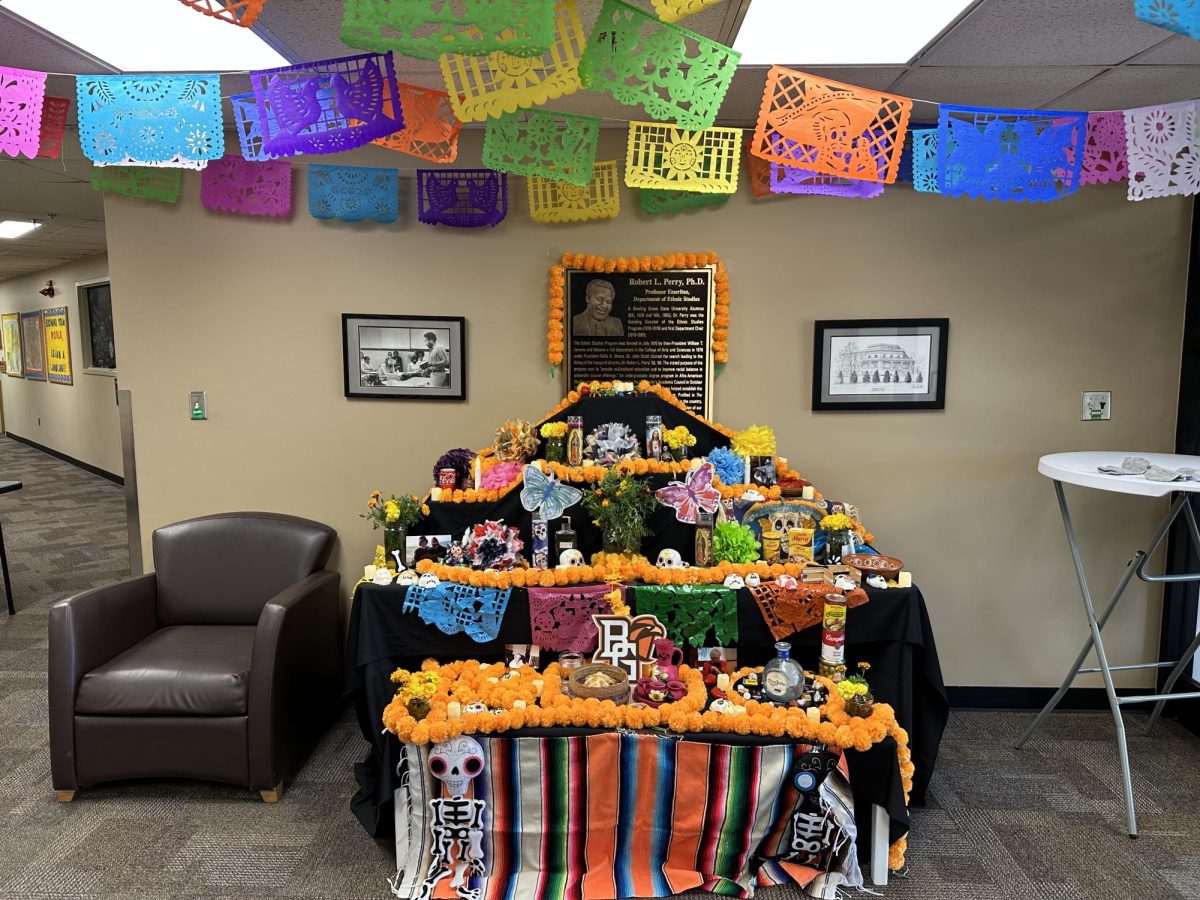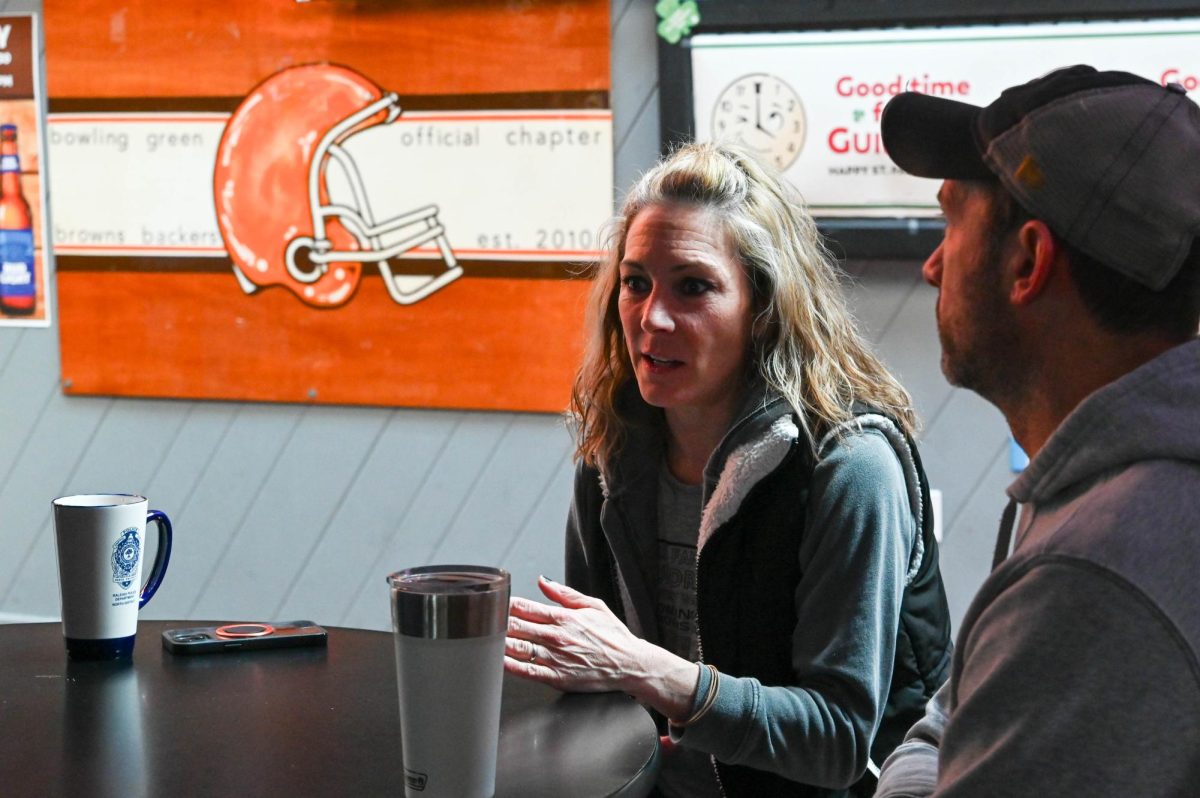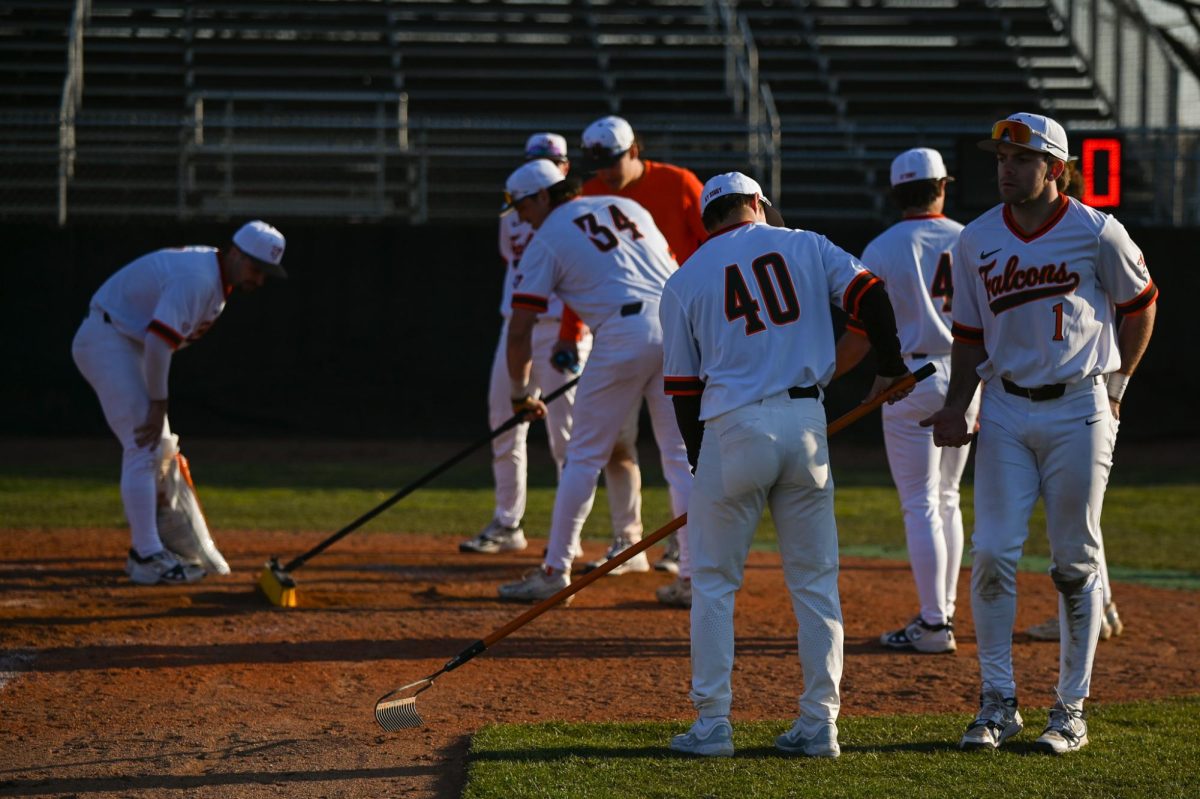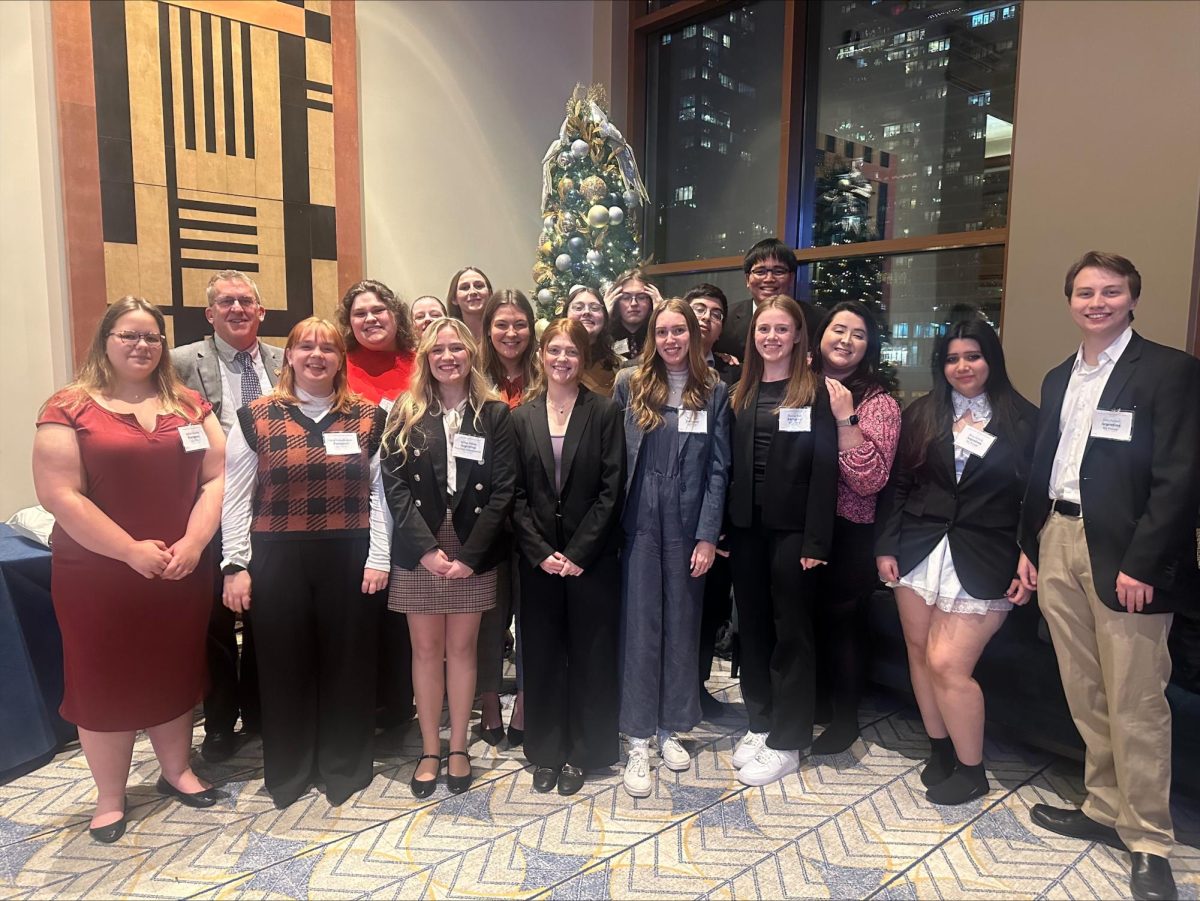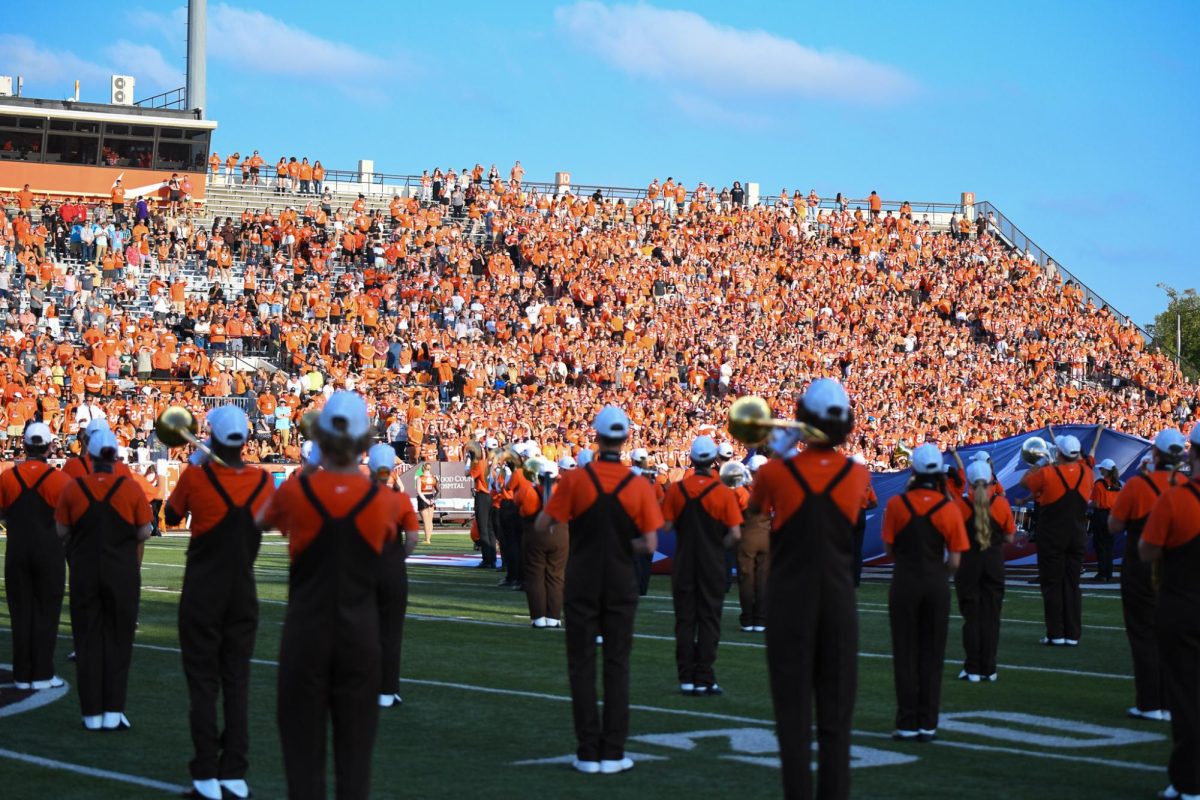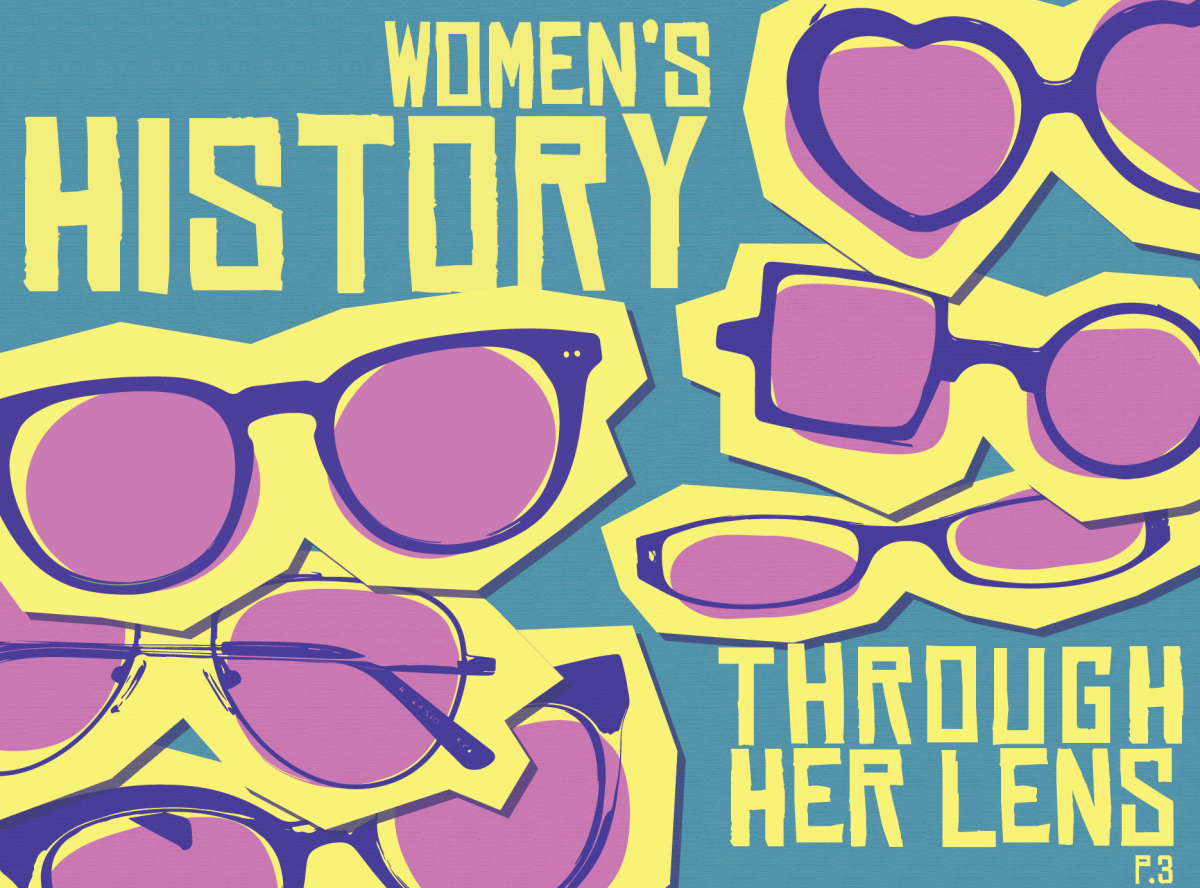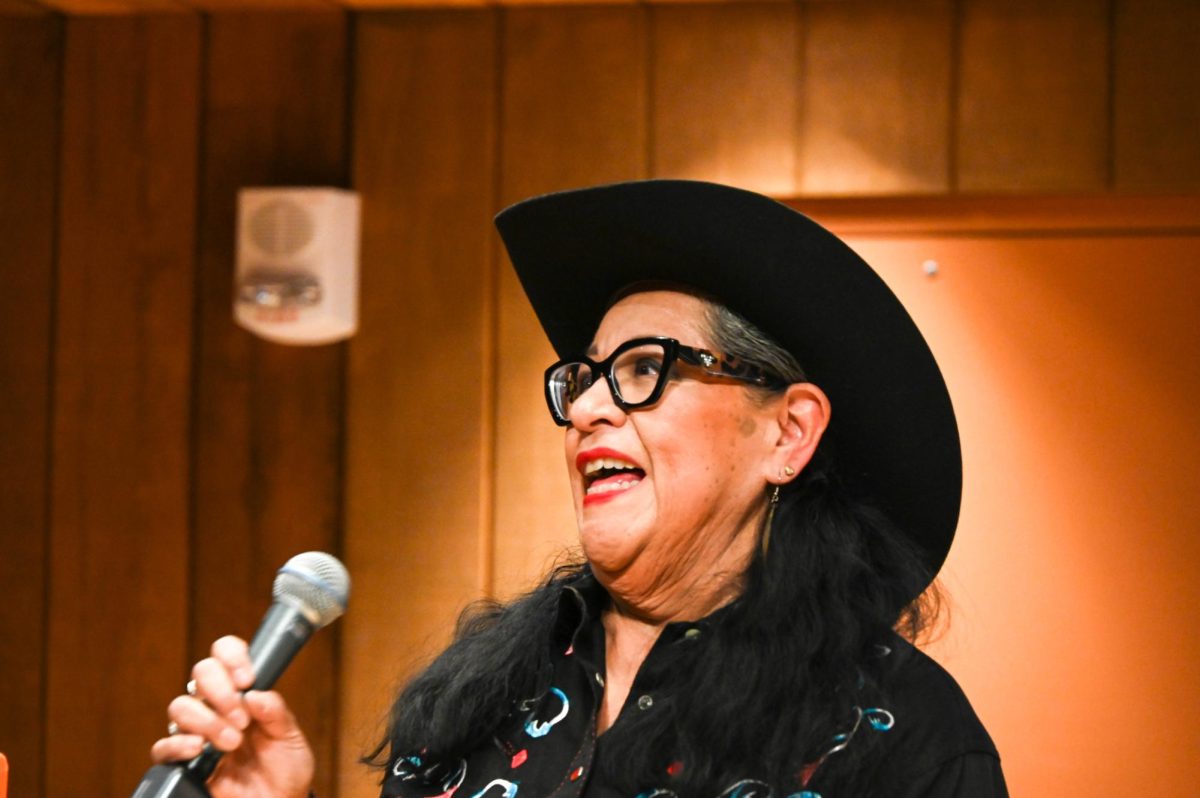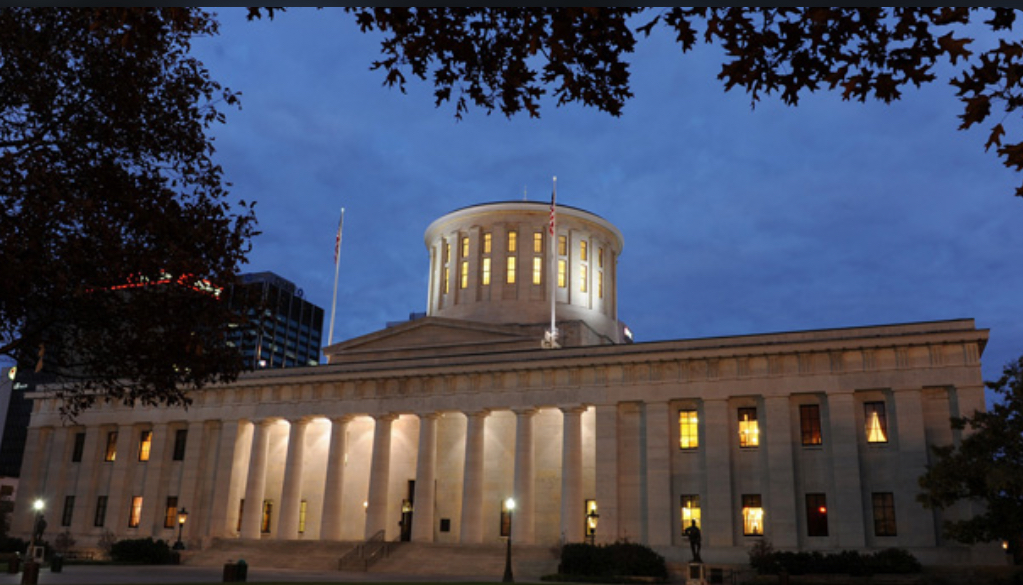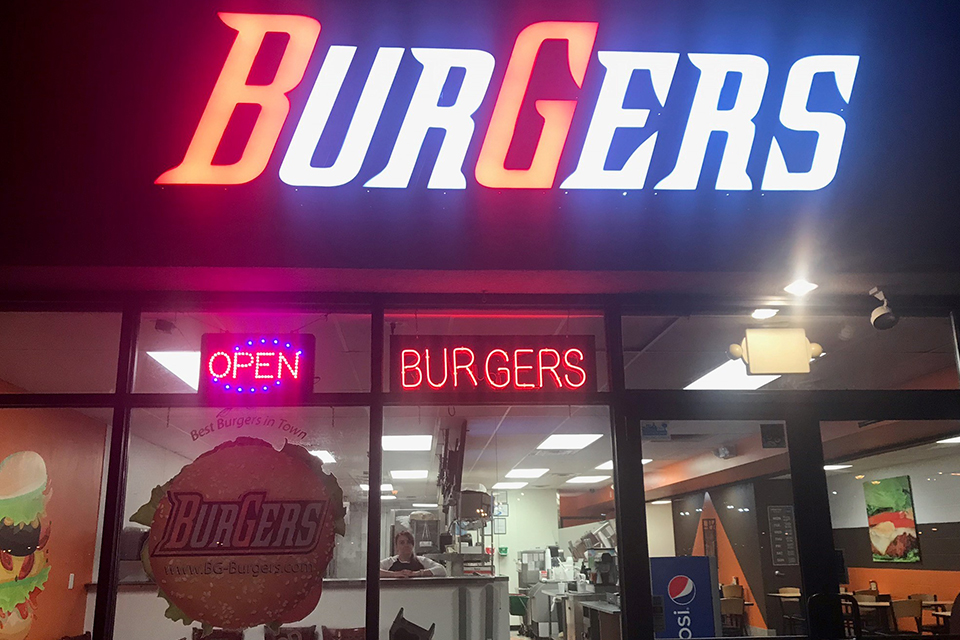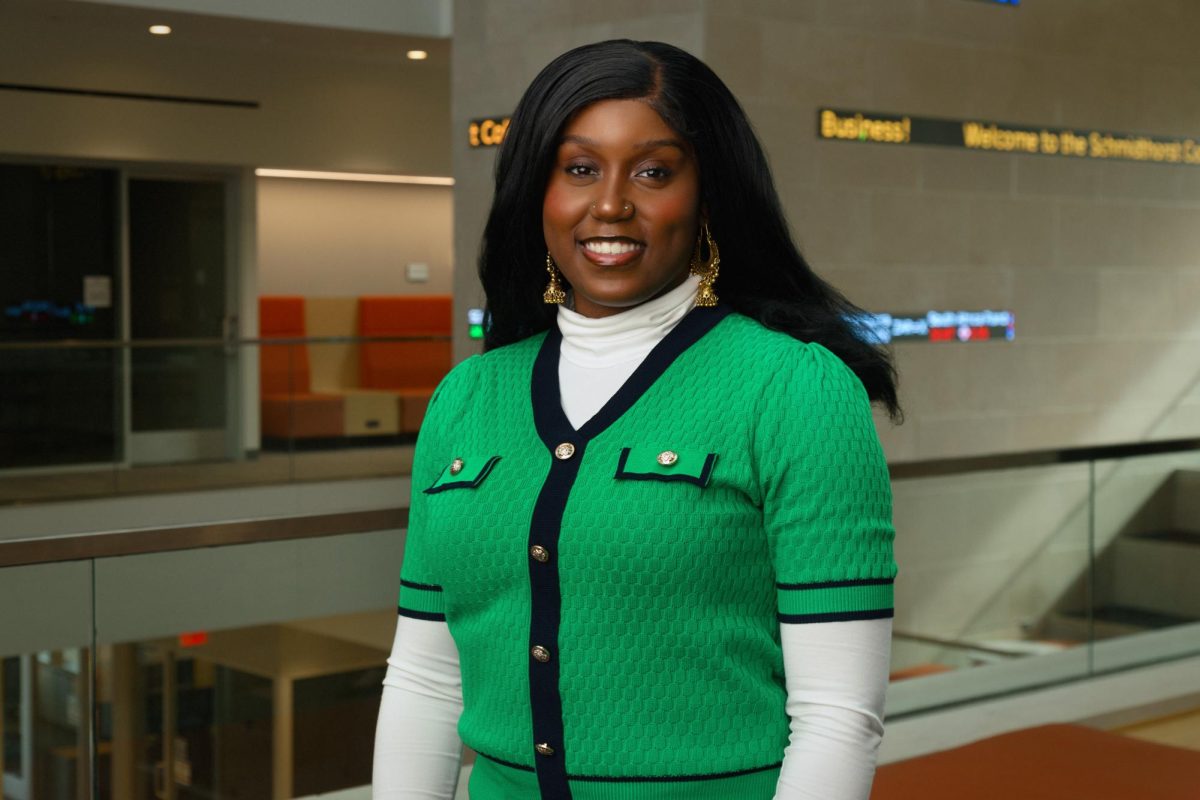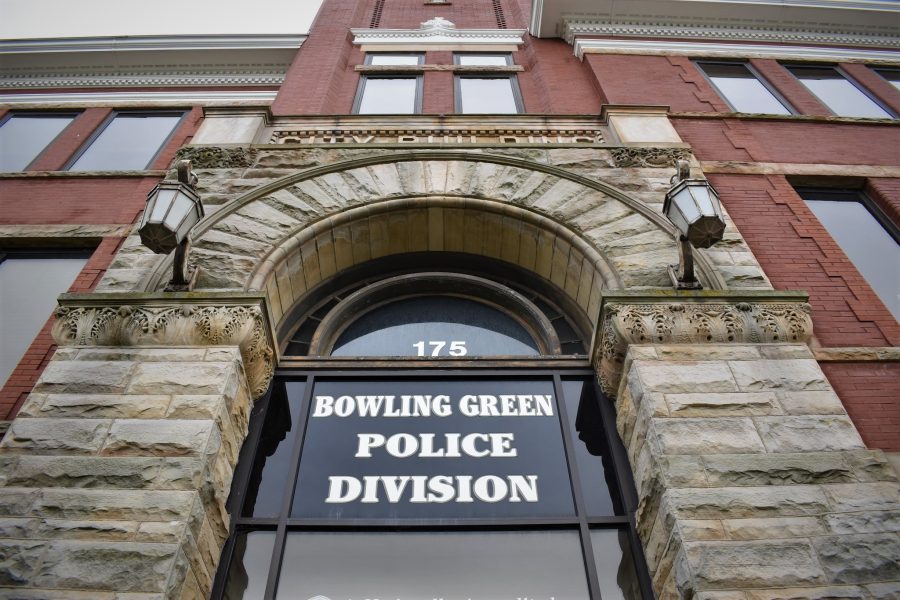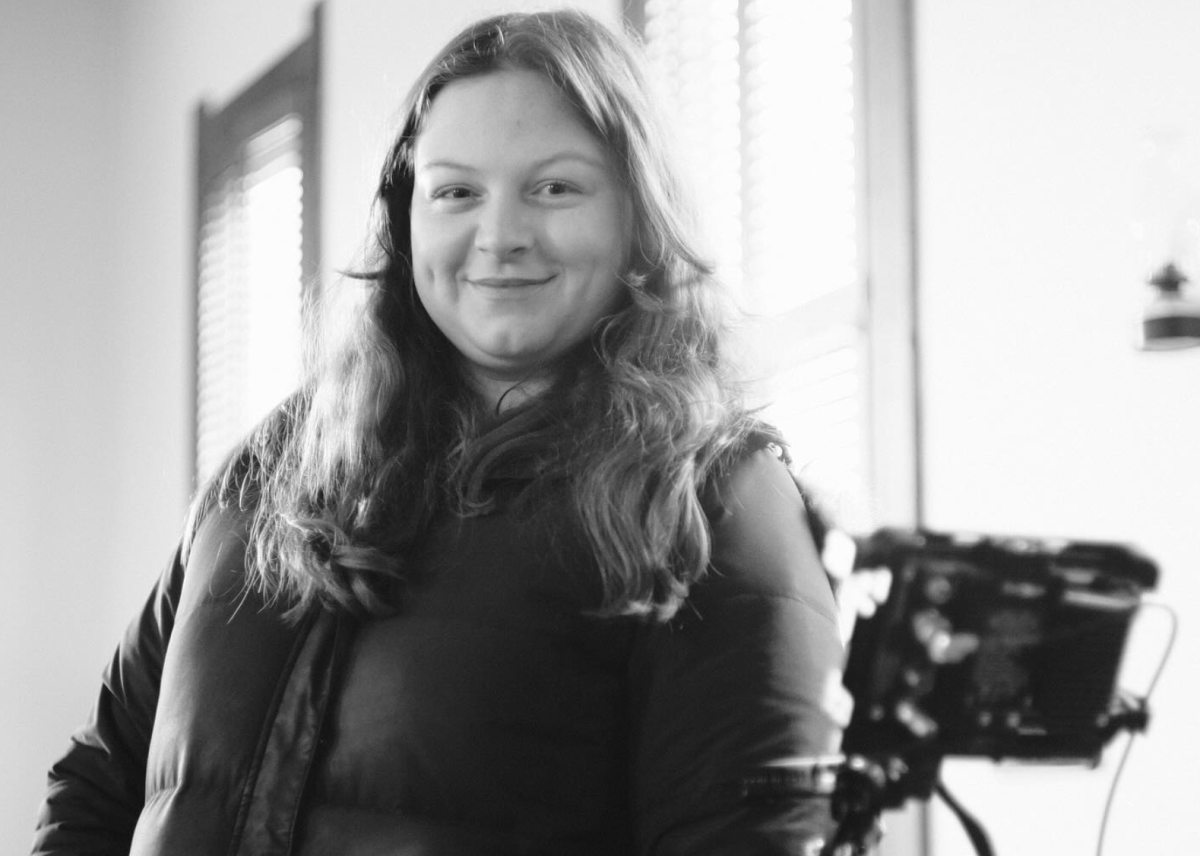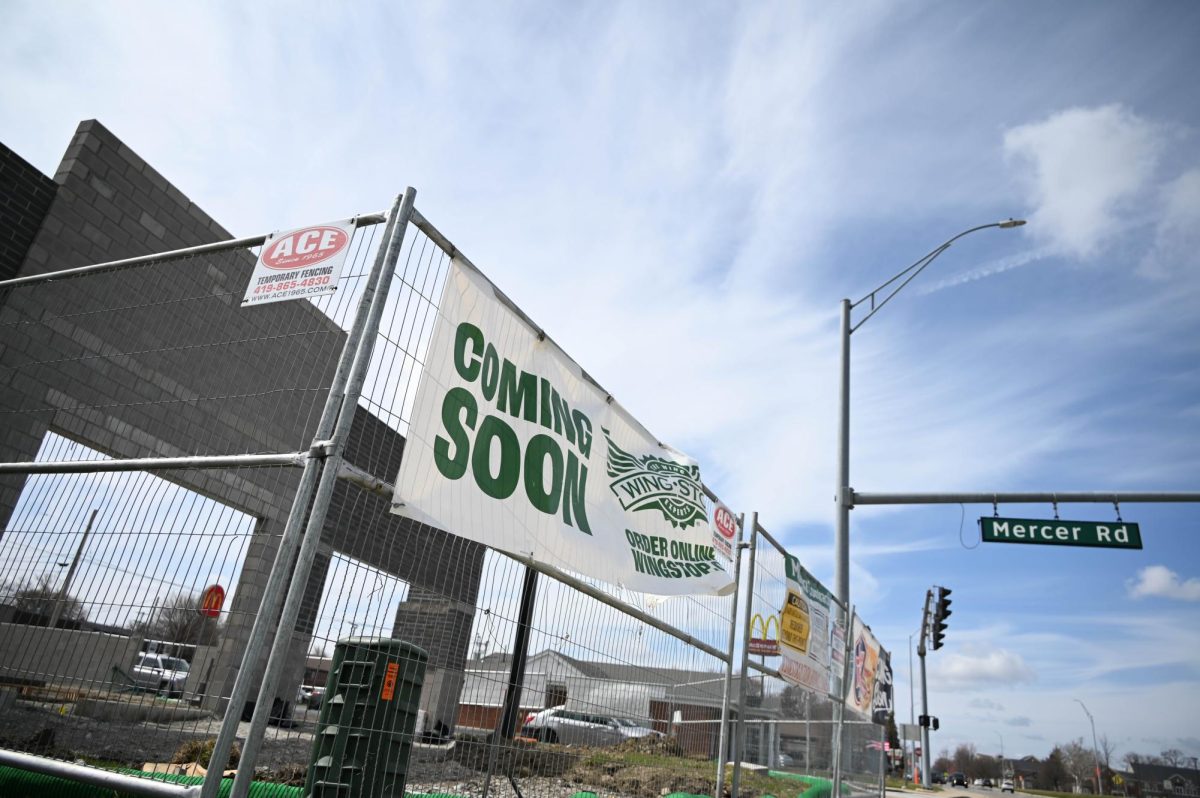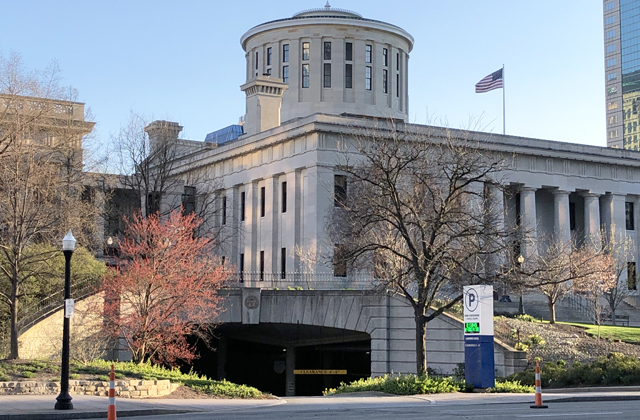Día de los Muertos, also known as Day of the Dead, is an important holiday celebrated in Mexico, Central America, South America and other parts of the world.
It celebrates the lives of loved ones who have passed on and is typically celebrated on Nov. 1 and Nov. 2.
Michaela Django Walsh, assistant professor from the Department of Ethnic Studies, said her mother was from Mexico, and while she lived there, she remembers participating in the celebrations.
According to Walsh, in different Mexican cities, there would be festivals, fairs and parades and one of her favorite memories was the creation of giant skeletons. She said that they could reach heights of multiple stories and they would be on display for the public.
“The cemetery turns into a site of a great festival, and an informal economy springs up around cemeteries where people can buy flowers, wreaths, candies and foods to place on the graves of your loved one. In addition to that, there are wandering musicians, so if your loved one loved a particular song, you can actually hire a musical group to serenade the dead,” said Walsh.
Following the celebration, people and families will clean the gravestones together and leave their gifts, along with beer and wine bottles. Candles are placed and lit and the whole cemetery is covered with marigolds and other important objects.
“The graveyards are just totally transformed into this communal space of celebration. In people’s homes, it’s very traditional to make a favorite meal that the loved one had enjoyed and to create an altar,” said Walsh.
Commonly, the bright color of marigolds can be found throughout cemeteries and homes during Día de los Muertos.
“They grow in abundance in Mexico, especially more in the central region, but they symbolically have a fragrance and that’s supposed to kind of spark or invite the ghosts, or spirit of your loved one back from their journey. So it is very much a celebration of color, life and vitality,” said Walsh.
In homes, families will create altars known as ofrendas, or offerings. On the altars, families will place the favorite meal of a loved one, along with photos and other items that the family member may have loved or had an attachment to.
At the end of October, Walsh and her students, along with graduate students from the Spanish department, set up ofrendas within Shatzel Hall. Students from Bowling Green High School will be joining as well and they will be on display until the end of November.
As the altars are being created, there will be traditional food and drinks offered, such as champurrado, which is Mexican hot chocolate, and other sweets.
Walsh recommends that those who are interested in learning more about Día de los Muertos to look to the community around them for information. In Toledo, the Sofia Quintero Art and Cultural Center will be hosting a Día de los Muertos fundraiser on Nov. 2 and Nov. 3.
The event will feature cooking classes, community gardens, pottery classes, art exhibitions and free produce. An altar will be set up to view and those who attend can participate in a raffle along with taste-testing traditional foods.
As countries and cultures change, so does perspective. Walsh said Día de los Muertos celebrates community and unique perspectives on death, along with the idea that loved ones can come back.
“In the U.S., I think we have a different relation to our understanding of death as being very final. It’s something that is almost not talked about, whereas in Mexico, that is a continuation of life and it’s something that, while a person is mourning and grieving, the focus is also very much on the celebration of their life and about community,” said Walsh.


